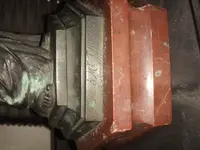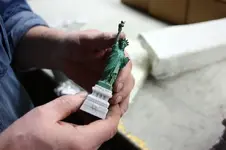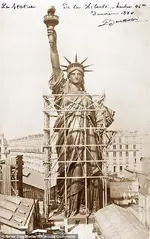Bronze24
Tenderfoot
- Joined
- Jan 19, 2020
- Messages
- 2
- Reaction score
- 9
- Golden Thread
- 0
- Detector(s) used
- 1
- Primary Interest:
- Other
- #1
Thread Owner
Hello I'm new here, I don't go out Metal detecting but found a buffalo nickel, wheat pennies and an old silver ring in my backyard once when i had one.
I've been looking on this forum for a while now but i decided to join because I found an old statue of liberty sculpture at a thrift store today, It has a red marble base and believe it to be made out of bronze or brass but the hand and torch are broken off.
But what do you guys think? did i find something valuable?
Update; dated 17 june 1887 and translated dédié Meaning dedicated in french and I can't make out the word in the middle, but Thomas i don't know who that could be. The hexagon base reminds me of one of the concepts of the statue.
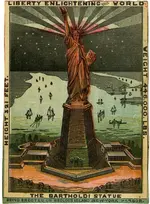
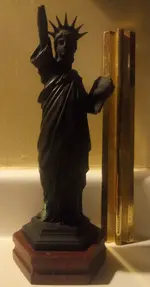
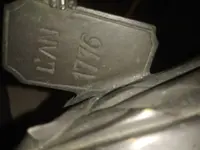

I've been looking on this forum for a while now but i decided to join because I found an old statue of liberty sculpture at a thrift store today, It has a red marble base and believe it to be made out of bronze or brass but the hand and torch are broken off.
But what do you guys think? did i find something valuable?
Update; dated 17 june 1887 and translated dédié Meaning dedicated in french and I can't make out the word in the middle, but Thomas i don't know who that could be. The hexagon base reminds me of one of the concepts of the statue.




Attachments
Last edited:



